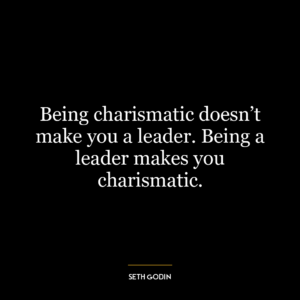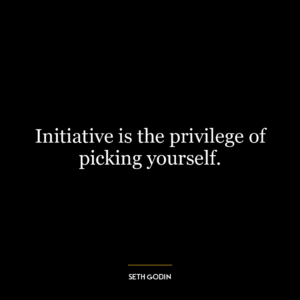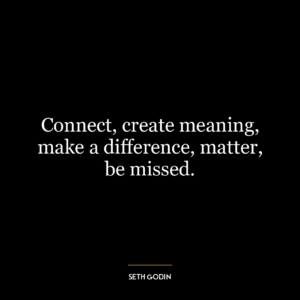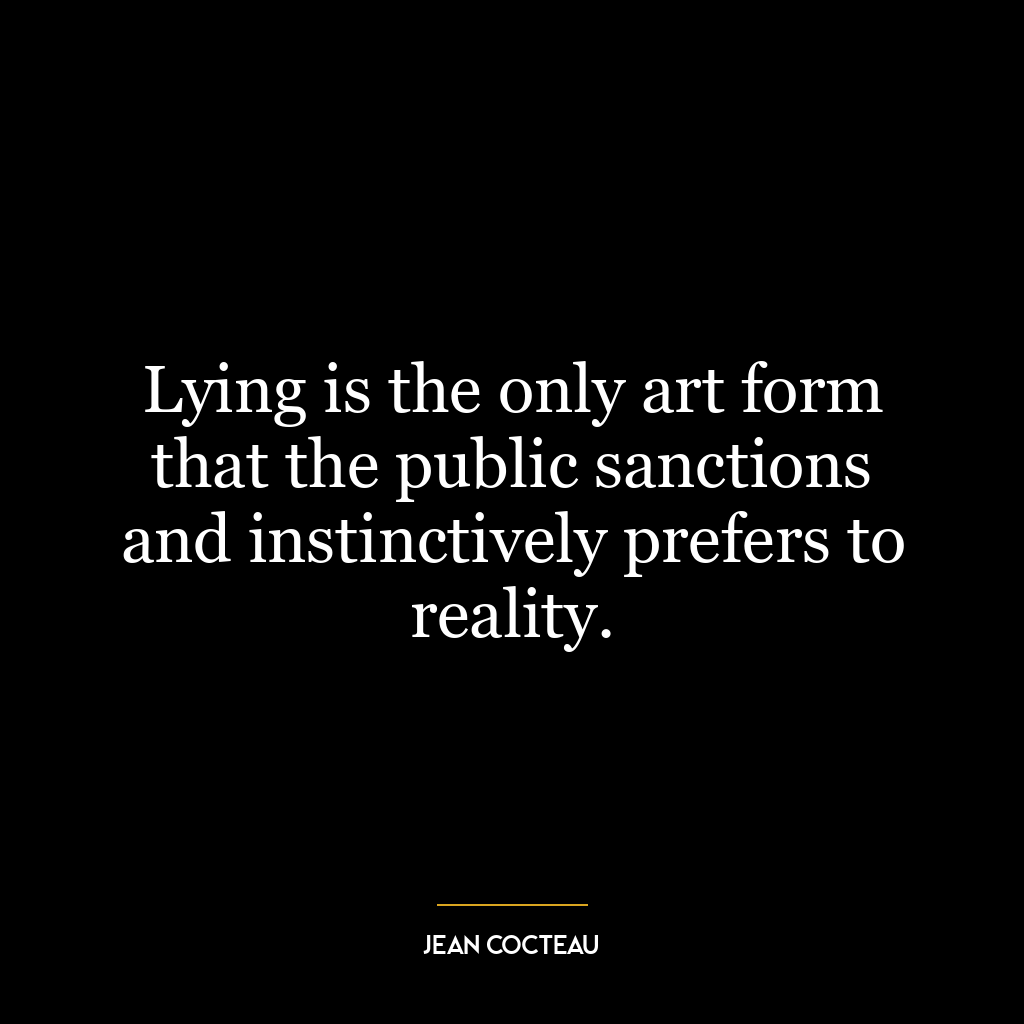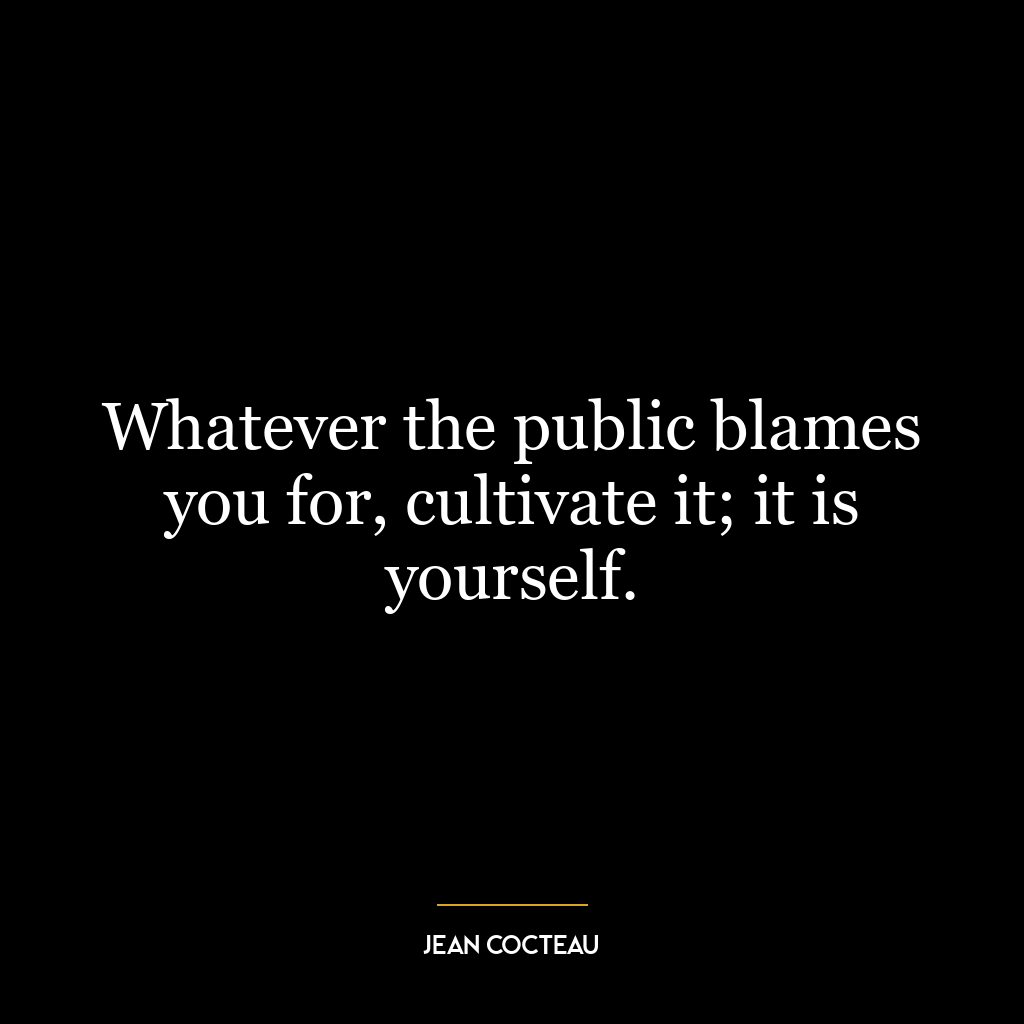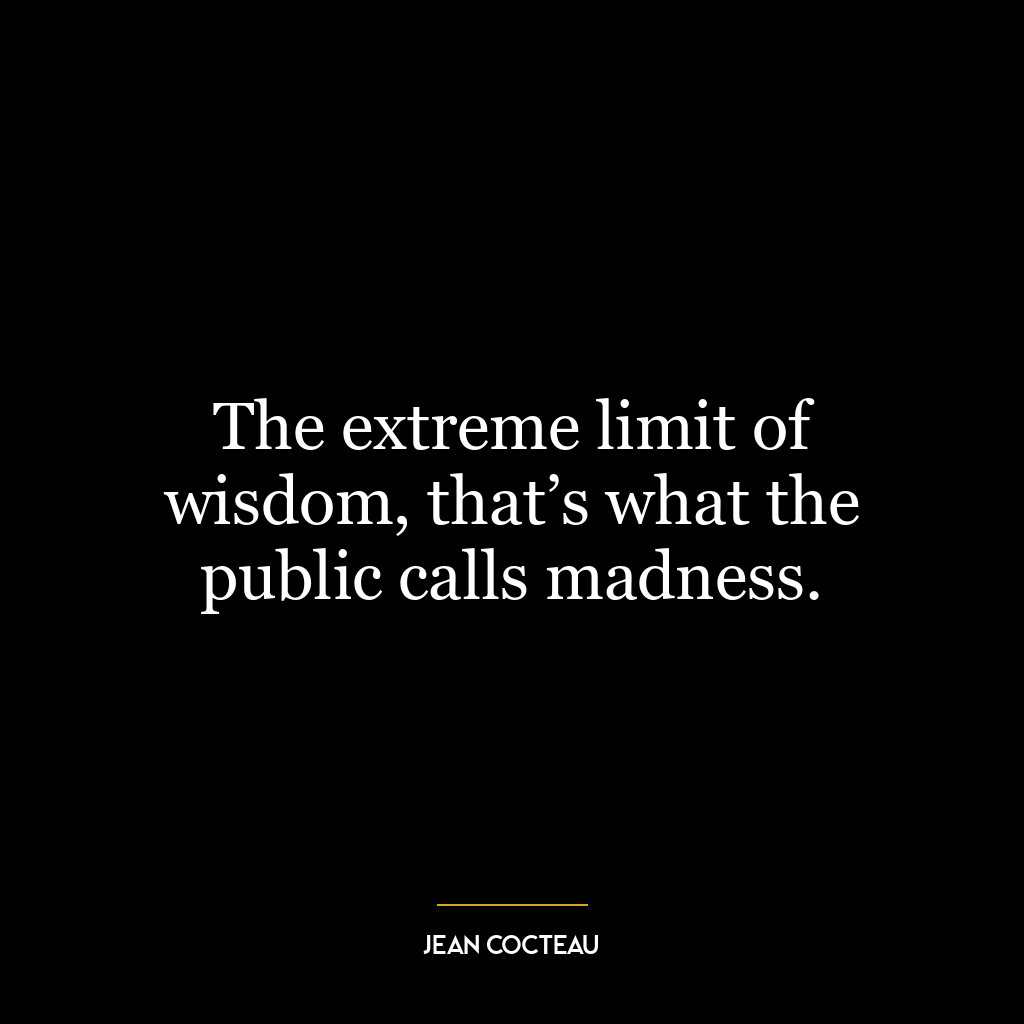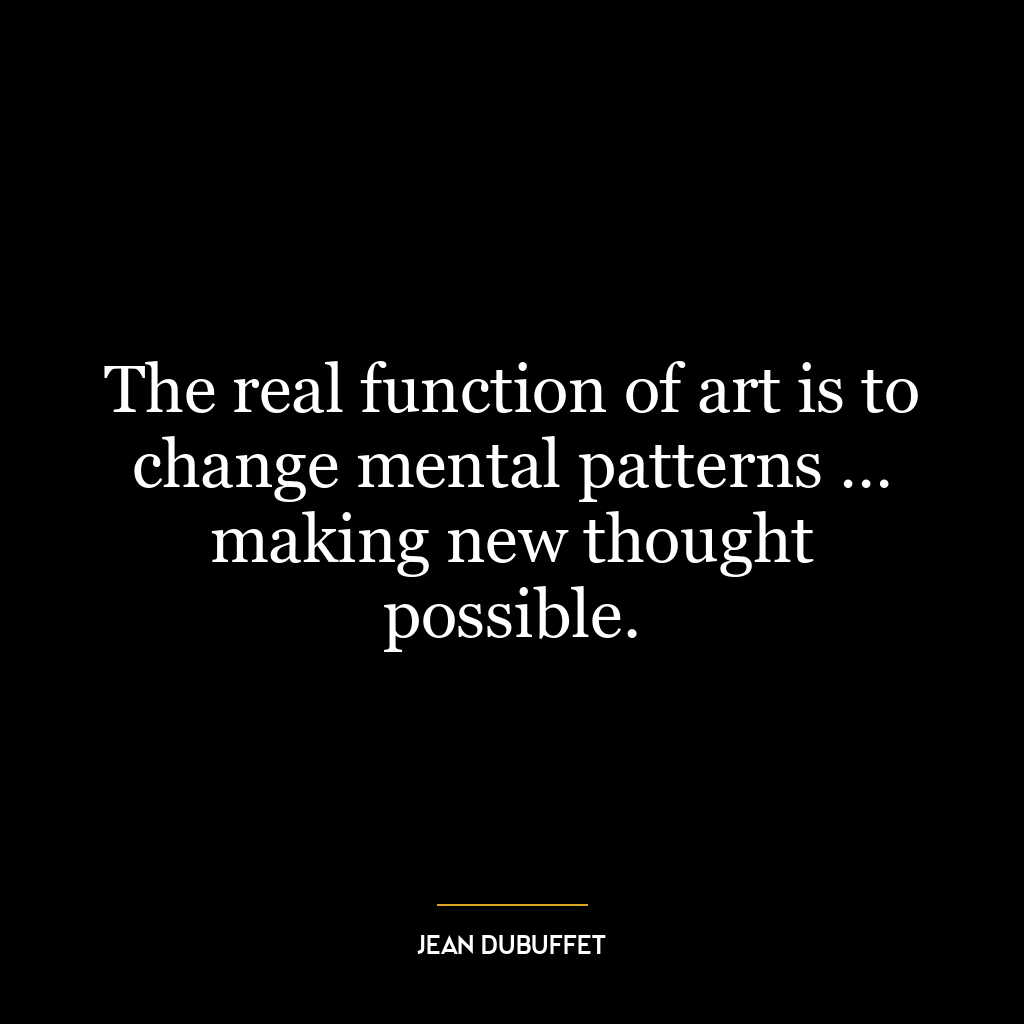Art changes posture and posture changes innocent bystanders.
This quote suggests that art, in its many forms, has the power to shift perspectives, attitudes, and behaviors. The “posture” referred to here can be seen as both physical and mental stances. Physically, art can cause us to lean in, step back, or even move in rhythm. Mentally, it can challenge our beliefs, provoke thought, or inspire emotion. Thus, art has the ability to change our posture, our stance towards the world.
The second part of the quote, “posture changes innocent bystanders,” implies that these changes aren’t limited to the individual experiencing the art. The impact radiates outwards, affecting those around us, even those who might not be directly engaged with the art. This could be through conversations sparked by a piece of art, the sharing of music, or the collective experience of a film or play. In this way, art becomes a shared experience that can influence society at large.
In today’s world, this quote is particularly relevant. Social media and the internet have allowed for the rapid dissemination of art in various forms. A single piece of art—be it a song, a video, a painting, or a poem—can reach millions and potentially shift their postures. This can lead to widespread social change, as we’ve seen with movements like Black Lives Matter or climate change activism, both of which have been significantly influenced by art.
In terms of personal development, this quote suggests the transformative power of engaging with art. By changing our posture, art can help us to see the world from different perspectives, challenge our beliefs, and stimulate personal growth. It also highlights the potential impact we can have on others by sharing art that has moved us. Thus, art becomes not just a tool for personal development, but for societal development as well.








